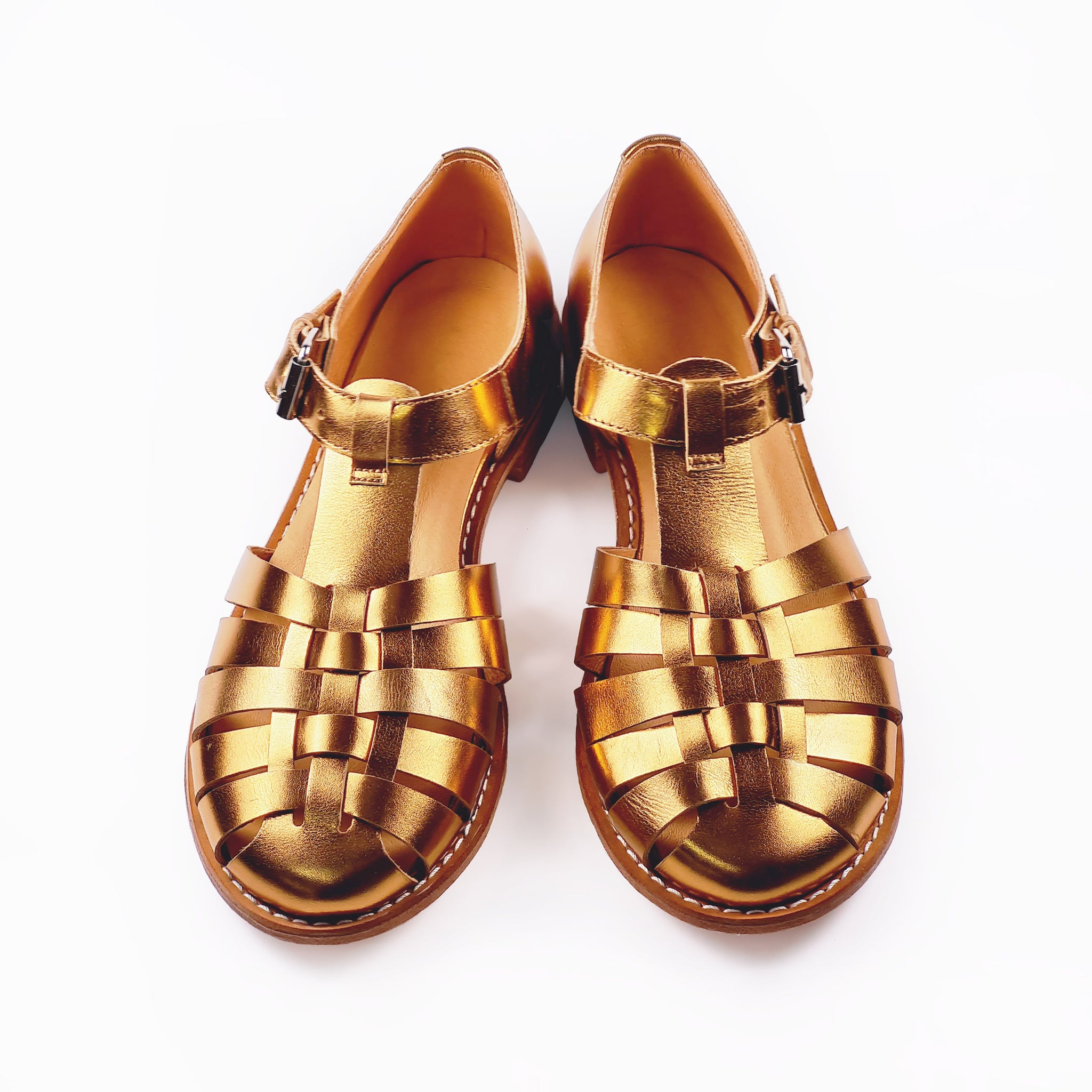
Summer, particularly June, is typically the slowest sales season for retail, with sales sometimes being 5-25 times lower than during peak seasons. For instance, let’s compare the sales numbers from Saapavabrik (a shoe store for the Estonian market) during the first 18 days of June to those in December.

The good news is that sales start climbing in July and August, reaching their peak in November and December. Here are the sales figures for Saapavabrik from June to December 2023, culminating in €49,400 in December:

But the slow season is the best time to prepare for the peak season. Instead of focusing on growing your sales during the slow season, it makes more sense to focus on being best prepared for the peak season. What you do now will reap great benefits during autumn and winter.
Here are some things you should do now to be ready for the peak season:
- Plan your campaigns. Gone are the days when retail didn’t offer discounts in November and December because people would buy anyway. Now, if you don’t have discounts, you’ll lose to your competitors. Think through your store’s campaigns – these can be classic discount campaigns (e.g., a 2-week discount in August, October, and December) and smaller campaigns in between (like free shipping or discounts on specific categories or brands). You can even schedule campaign ads and social media posts ahead of time.Plan ahead and decide the campaign’s focus, channels (e.g., social media, Facebook ads, Google ads, newsletters), budget, and duration. Use the fear of missing out to your advantage – always include the campaign end date everywhere (e.g., “Last chance, campaign ends at midnight”).For more thoughts on sales campaigns, read my article: How to Run Sales Campaigns. Also, if you haven’t yet, add a permanent ‘Sales’ section to your store’s main menu to display discounted products.
- Focus on growing your follower count on your main social media channels (e.g., if you focus on Instagram, try to grow that) so that when the peak season arrives, you have a considerable audience for your increased content. The easiest way to gain relevant followers on most channels is by running ads or posting awesome, engaging content (which can be challenging if you’re not a creator).
- Start or grow your email list. Newsletters are an awesome channel for sales (Klaviyo rules for ecommerce). Use email fields at checkout, popups (with real value, not just a 5% discount), and even ads to get people to sign up. This list will generate lots of sales during the winter. At Saapavabrik, every email we send out generates 1-2k EUR in sales and some stores generate even 5-6 figures of sales out of each of their newsletter.

Example of a popup that offers no value and is therefore pointless for collecting emails. - Plan content ahead. Don’t be shy about posting organic content during the peak season – plan now what you will post. If you struggle with generating content, scroll through the accounts of your favorite brands. A useful approach is to find a topic that resonates with your followers and create a series around it.For example, at one large retailer I worked for, we created a Christmas calendar: every day, a new product or category was revealed and discounted. The topic could also be something simpler, like showcasing our top 10 products, customer testimonials, or our boldest products. This enables you to create a lot of content relatively quickly and with minimal effort. Planning content ahead might also mean ordering products now to create content in advance. Additionally, don’t be afraid to reuse old content – people don’t remember. One last thing on this topic – don’t overuse AI tools like ChatGPT for content.
- Product descriptions and pictures – review them for your bestsellers. Ensure that the best picture is the first one and that descriptions are compelling and converting. It also helps to review your general product pages and categories – do they provide a good user experience? This blog post will help you.
- Test your site on mobile – most of your visitors come via mobile, so check if everything works well and looks good on mobile devices. Since most store building happens on desktop, first-time merchants often overlook mobile site issues like pop-ups covering the whole screen or live chat obstructing important elements. Also, share your store’s link with friends and colleagues who know about design and UI/UX, and ask for their feedback. You can also seek feedback from forums or Reddit. For example, when we built the Saapavabrik online store, I shared the link on the local IT forum Hinnavaatlus. In addition to valuable feedback, I received about 2000 visits to the store and even made a couple of sales.
- Build your SEO now – reaping SEO benefits takes time, so the backlink building and content writing you do now will bring benefits in a few months.
- Think through your prices and margins. Do you have enough margin to offer discounts? Do you care about margins at this point, or do you just want to generate lots of revenue and start making a profit later when you have a considerable client base? Are there some products you use to attract customers with great discounts that don’t make you any money but work well as loss leaders? You might be asking, what is a loss leader?
A loss leader strategy involves selling a product or service at a price that is not profitable but is sold to attract new customers or to sell additional products and services to those customers. Loss leading is a common practice when a business first enters a market. (Investopedia)
- Add new products, brands or even categories to your store (keep an eye on new products we add to Hertwill).

Daz Studio is one of the new brands available for dropshipping at Hertwill. - If you plan to collaborate with influencers during the peak season, reach out and make deals now – you’ll get much better deals now than in autumn when their inboxes are flooded. Also, dont be afraid to reach out some 50-250k follower influencers and offer them free products for some content – you can be surprised how many of them might accept if your products are awesome and speak to them. Also, if you do collaborate with them, make sure you ask the content for yourself to use in your own channels.
- Save and set aside money to have a budget for ads during the peak season. You don’t want to have no budget or only a small budget during the best sales season. Yes, the competition is higher then, but in my retail experience, the return on ad spend during the peak season easily outperforms that in the off-season.
In summary, start planning and taking action now, and you will have great sales during the autumn and winter.